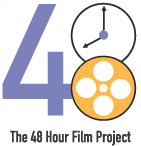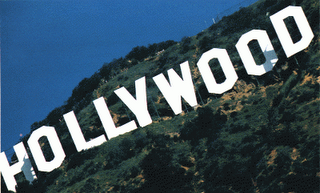ScriptDig.com
As a script reader, I’ve read a lot of material from seasoned, represented, and first-time writers. Of the three, you might be able to imagine which group submitted the best written of the material. But the topic of this article is neither the seasoned nor the represented writer. I’d like to talk about most of us struggling to write solid material destined for the screen. I’m talking about the first-time writer and their material.
The more I read from different first-time writers, the more I realize that first-time writers tend to write very personal material. In other words, we write not only what we know, which is ourselves, but we write what we’d like to share with people. With my first screenplay, I wrote about two of my best friends and myself going out on a sea adventure along with the main character, Casey Jones. It was very fun to write but I realize now that by including myself in that adventure, I distracted my writing focus from the main character in order to execute the best representation of what my childhood with my two best friends was really like. And as a first screenplay, I made peace with what I did and moved on.
But it was only until tonight while my flight was descending into San Francisco that I realized most first-time writers write what’s close to them … and most of the time it’s themselves. They, like myself, write themselves into the material in order to tell people something they want audiences to know about them. For me, it was my childhood. For others, it’s their professional life, their family life, or even their darkest secrets. So as I continued to read this particular screenplay, I knew that the writer made their first mistake, as I had, when they decided to include themselves into the action. Let me just say that like everything else in the movie business, there are exceptions. Take Adaptation for example; Charlie Kauffman wrote himself as the main character in his screenplay actually adapting a book for the screen. This is an exception because it’s sort of the sequel to Being John Malcovich as an industry inside joke where real professionals are in the material.
I guess for many, including myself, it just needs to happen and then you neek to move on. Screenwriters that read books that inform that writing should be very personal and the best screenplays are always reflective of the writer shouldn’t make the mistake of writing their life verbatim. Work that reflects it’s creator usually reflects in a minor way that establishes the creator over time. Over a period of ten years, a writer might have a body of work that continues to use a similar theme. This can only be viewed from a long-lens of time.
So for those of you interested in writing personal work, remember that personal stories don’t always have to be YOUR story. Don’t be the writer who writes their life’s story with a protagonist who is constantly put in situations that make the reader feel sorry for them. If you want readers to feel sorry for you then you should carry around a sign that reads: I’m abused, I’m neglected, Etc.
Believe me, readers will know when they’re reading a screenplay mean to be sold and a screenplay meant to expose the writer. If you want to be noticed that you should choose another profession because writers go even more unnoticed than editors!
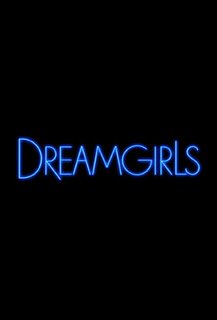
 By Christopher Rice
By Christopher Rice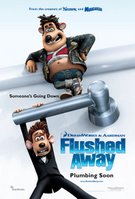
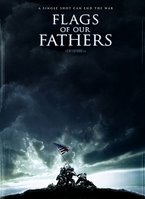


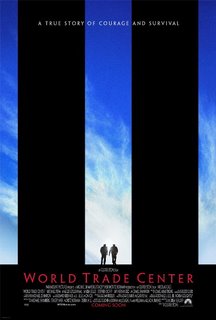 By Christopher Rice
By Christopher Rice